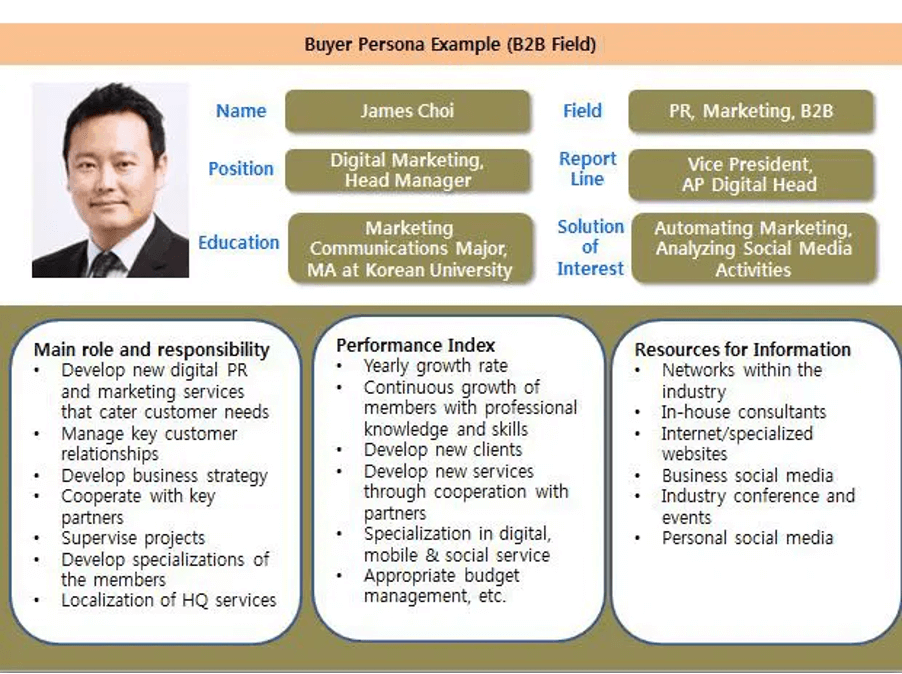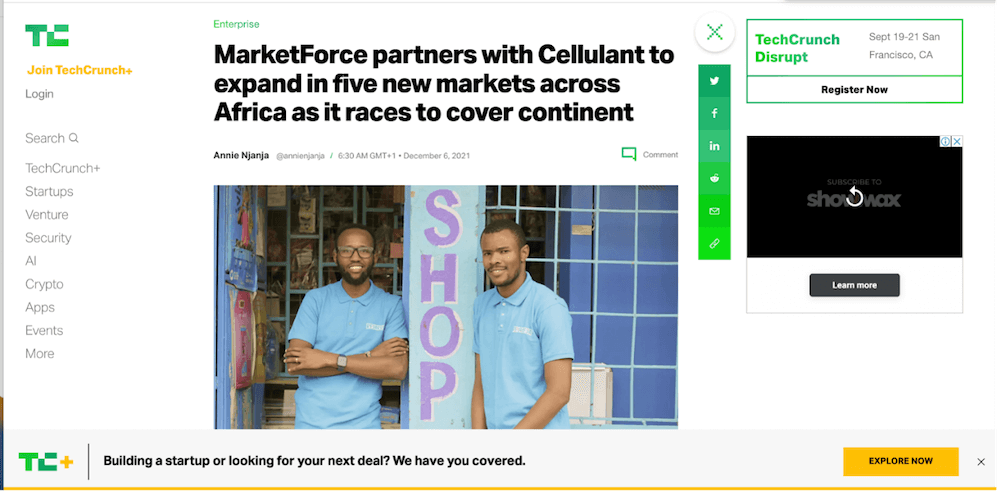It’s no secret that a great PR strategy can build your brand reputation, increase visibility and, ultimately, sales. But one mistake you don’t want to make is approaching a B2B company’s PR with the conventional B2C strategies. Sure, there are some aspects of B2C public relations that you can apply to B2B. But copying the B2C PR template entirely is more likely to fail than succeed.
I’ll explain.
In B2C, your focus is on individual consumers who make purchasing decisions based on emotions, personal preferences or immediate gratification.
A lot more is at stake in the B2B PR campaign. B2B buyers are professionals whose focus is on ROI, operational efficiencies, long-term partnerships and measurable results. Approaching B2B customers with B2C strategies like emotional appeal will only leave them unimpressed.
Here are three practical ways to create a successful B2B PR strategy.
1. Identify and Understand Your Target Audience
Before launching any B2B PR strategy, know your target market. You should know enough details about your potential customers to see the form of media they consume and like.
B2B PR target audience differs from B2C. Instead of individual customers in B2C, the focus is on business decision-makers like C-suite executives, department heads, etc.
When you understand your target audiences, you can represent them using an audience persona (as shown below). Note that you may need to develop multiple buyer personas. B2B sales cycles are long and involve various stakeholders in the decision-making process. Creating a different persona for each stakeholder will ensure you target each effectively.

This target persona will serve as a guide for your subsequent PR and B2B marketing strategies. It helps put a face to your target audience.
But how can you gather information about your target audience?
Engage with your existing business audience via interviews and surveys. Ask about their challenges, goals, and why they chose your solution. You can also ask them where they get their information from and the kind of content they find most valuable – videos, blogs, press releases, etc. This insight helps inform your B2B PR content strategy.
2. Build Relationships with Key Media Outlets and Influencers
Relationship-building takes center stage in B2B PR. This is different from the impulse-driven sales focus in B2C PR. The better your relationship with credible influencers, journalists, and editors, the more likely they will cover your PR message.
When they do, they boost your credibility and position you as a thought leader. These are some signals B2B clients consider before buying.
In B2B PR, it’s important to focus on specific media outlets that cater to professionals in your industry. This is unlike in B2C, where online platforms like Instagram often dominate. These B2B outlets include:
- Trade publications
- Podcasts
- Business journals
- TV channels
- Niche websites
Say you’re in the B2B SaaS industry. You can target media outlets like TechCrunch or Forbes Technology Council.
For example, MarketForce is a B2B e-commerce platform. So, it makes sense that a lot of its PR efforts are on TechCrunch.

You can work with these outlets to distribute press releases, contribute bylined articles and secure interviews. These are opportunities to showcase your experience and your brand’s achievements.
Also, focus on building long-term relationships with influential bloggers, industry experts, and thought leaders with a substantial following among your target audience. You can engage them to co-host panel discussions or talk about your new product launch. Networking plays a crucial role in meeting these media representatives and influencers. Attend industry events, seminars, and B2B conferences where they are present.
The best way to kickstart the relationship is by providing value. This could be an exclusive scoop on a news story, expert insights, or any information you think would make their jobs easier. Once they see you as a valuable resource, it becomes easier to establish a relationship with them.
Unfortunately, building relationships takes time. This is why investing in PR services is an excellent idea. PR service providers already have established relationships. This saves you time and resources, allowing you to scale your PR campaigns efficiently.
3. Leverage Thought Leadership Content Marketing
Over half of B2B decision makers spend at least an hour weekly consuming leadership content. That tells you that unlike B2C PR, where entertainment is the focus, you want to focus on educating your audience with this type of content.
To begin, identify the key areas where your brand has expertise and can provide valuable insights. This could be industry trends, emerging technologies, best practices, or strategic advice. Then, develop a content strategy that aligns with your thought leadership goals.
You can also create a high-quality and insightful piece of content in various formats – audio content, video content, blogs, etc. I strongly recommend producing educational blog posts. A study by Backlinko confirms that educational content promises 52% more traffic than simply advertising your company.
Remember the relationships you built with media outlets and influencers? It’s time to put them to good use. Distribute your thought leadership content as well to these outlets. They’ll be more than willing to publish.
You can also take this chance to secure opportunities like interviews and media appearances. You can further establish yourself as a thought leader when you showcase your expertise through these channels.
A well-executed B2B PR strategy can bring numerous benefits to your business, such as increased visibility and business growth.
But you need to know and understand your potential B2B clients, including the content they love, pain points, and preferences. Instead of using online platforms, focus on building lasting relationships with key media outlets like trade publications. You also want to build relationships with industry leaders and other B2B influencers.
Finally, use thought leadership content marketing to your advantage. In all these, focus more on educating instead of entertainment.
Get our newsletter and digital focus reports

Stay current on learning and development trends, best practices, research, new products and technologies, case studies and much more.


